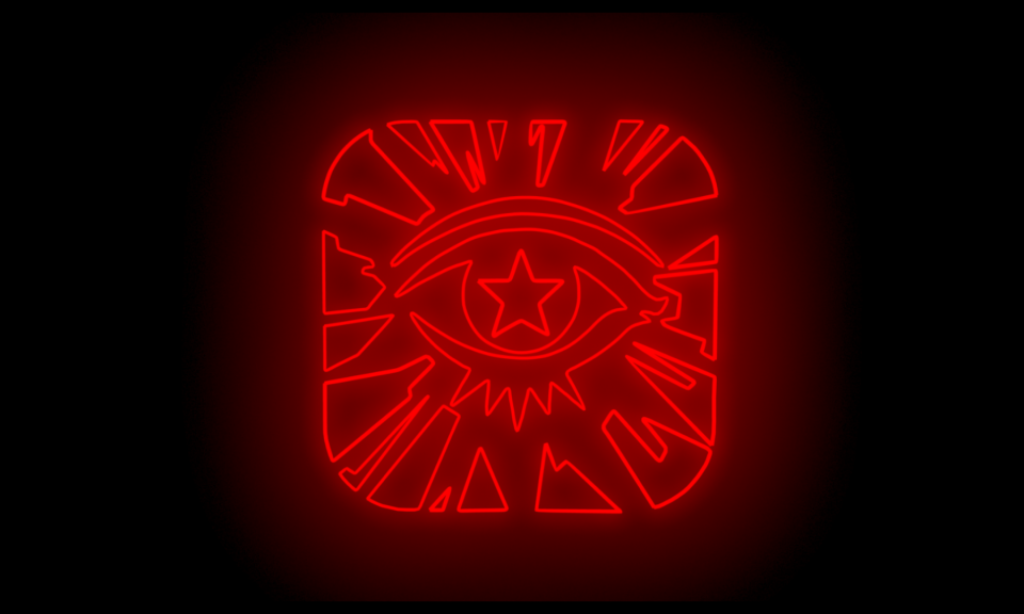It felt nice finally getting back into modeling after so long a break. In year 1, I considered the modeling portions to be my favorite section of all we learned, so I was excited to get back in and start modeling this character.

Using the drawn pictures I made as a basis, I began work modeling up the robed figure. The actual hood itself was a lot more challenging than I expected, and I was glad to have Kelvin around to help me with modeling it correctly.
An error I can see looking back at this now however, is that I did not try to model it symmetrically from the beginning, a point I seemed to miss when Kelvin stated it, and one I would regret later down the line.

The picture above shows how the model looked after a while. With the base bones of the character body created, I got to work smoothing the model, adding the arms, legs and eventually after a lot of annoyance regarding it, redoing the upper scarf-like portion to look more how I envisioned it. Beyond that, I also gave the character a small staff on their back to add to the overall look of the model.

As you can see, I also had begun trying out some material options regarding the color palette of the model, wanting to get as close as I could to the way I had envisioned it overall. After some digging, I eventually found the Toon shader for Arnold, which had an interesting outline feature for materials that I like the look of.
So after painting up the model with shaders and materials, I eventually had this:

I’m honestly really happy with how it turned out when colored. I finally finished the modeling and coloring after a bit of trying out the rigging and animation side of the project. Because of that, you can also see that I ended up making the model symmetrical, to allow for an easier time rigging up and animating my model later on.
